Scheme would have delivered 32 homes at landmark south London furniture store
A planning inspector has upheld Croydon Council’s refusal of proposals to redevelop a landmark furniture store into a 32-home residential scheme, retaining its most historic parts.
Under Alan Camp Architects’ plans for the House of Reeves store at Reeves Corner in Croydon, a cluster of buildings that make up the store would have been largely removed, save for a grade II-listed 18th century townhouse and locally-listed 19th century elements of the existing store.
Croydon Council refused the proposals in 2020. It said they were harmful to the buildings themselves and to the Croydon Minster Conservation Area, where the site is located.
A neighbouring part of the House of Reeves empire gained national prominence when it was set on fire and destroyed during 2011’s London riots.
Alan Camp’s proposals for the site, drawn up for developer Skillcrown Homes, would have removed the shopfront from 120 Church Street and converted it back into residential use, and introduced a five-storey block of flats onto the site. They would also have delivered 124sq m of commercial space.
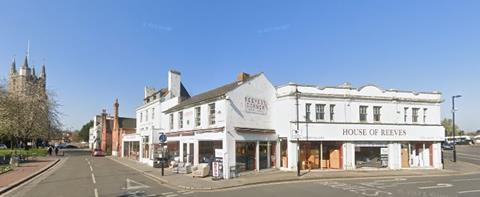
Silkcrown appealed both Croydon Council’s refusal of planning permission and its refusal of listed-building consent for the work at 120 Church Street, which the developer said would preserve the building.
Planning inspector Geoff Underwood said it was “of note” that government heritage adviser Historic England said the proposals were likely to cause harm to Croydon Minster, which is grade I listed, and the wider conservation area, which includes the neighbouring grade II-listed Elis David Almshouses. However he acknowledged that the impact on the church’s significance would be “modest”.
Underwood said the impact of the proposals on the character and appearance of the wider area would be “significantly more harmful”.

In his decision notice, Underwood said that delivering 32 new homes on the site would be a “public benefit” in light of the government’s objective of significantly boosting the supply of homes and efficiently reusing previously-developed land.
He added that there would also be economic and regeneration benefits for the local economy.
But he concluded that the public benefits of the scheme did not outweigh the harmful impacts of the proposals.
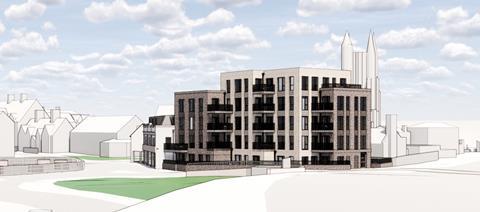
“The benefits to heritage assets and the general character and appearance of the area of removing the unsightly showroom buildings on the site would be effectively annulled by way of the harmful effects of the taller building that would partly replace them,” he said.
“Together the public benefits of the development would be notable but overall moderate. Nevertheles, as the harm to designated heritage assets’ significance including that pointed out by Historic England, particularly that of the CMCA, and the consequent conflict with the development plan and the [Planning (Listed Buildings and Conservation Areas) Act 1990] carries considerable importance and weight, and it would outweigh those public benefits.”
Underwood said the changes proposed for 120 Church Road were “otherwise acceptable”, but noted that because the work was inextricably linked to the rest of the scheme, it was not possible to issue a split decision.
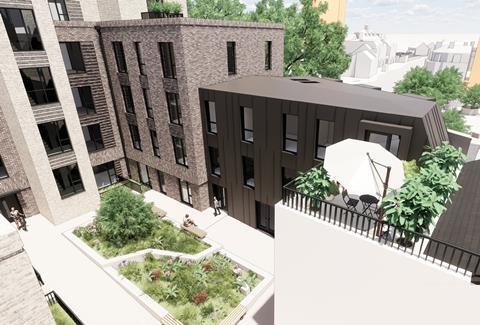









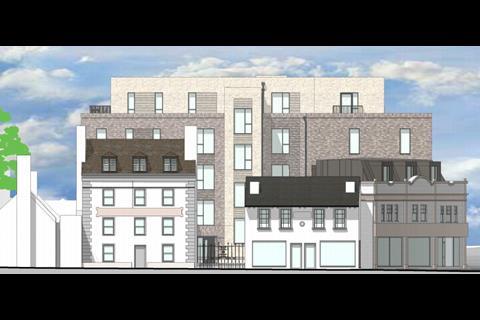

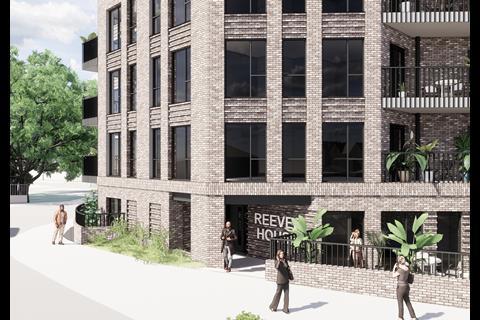











2 Readers' comments